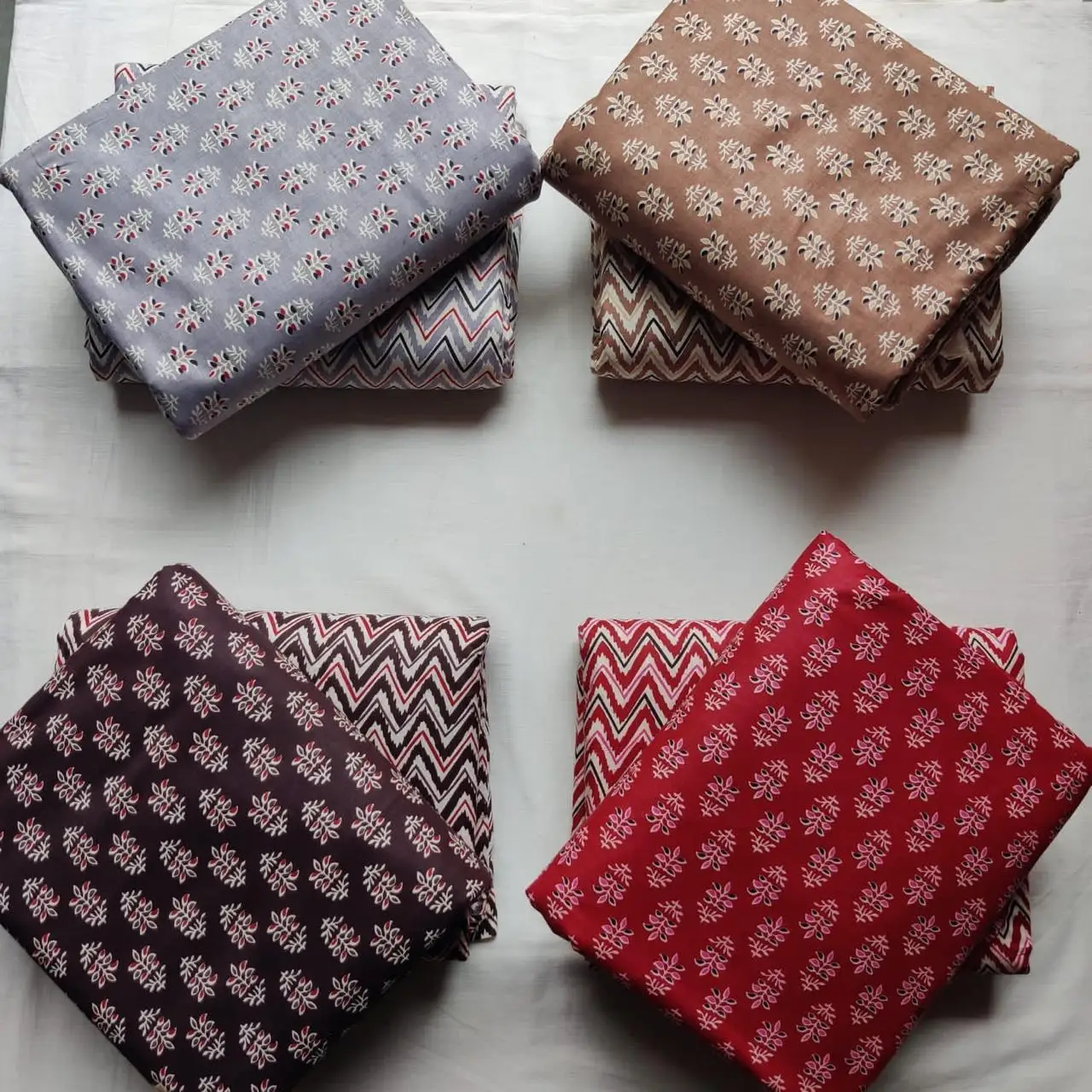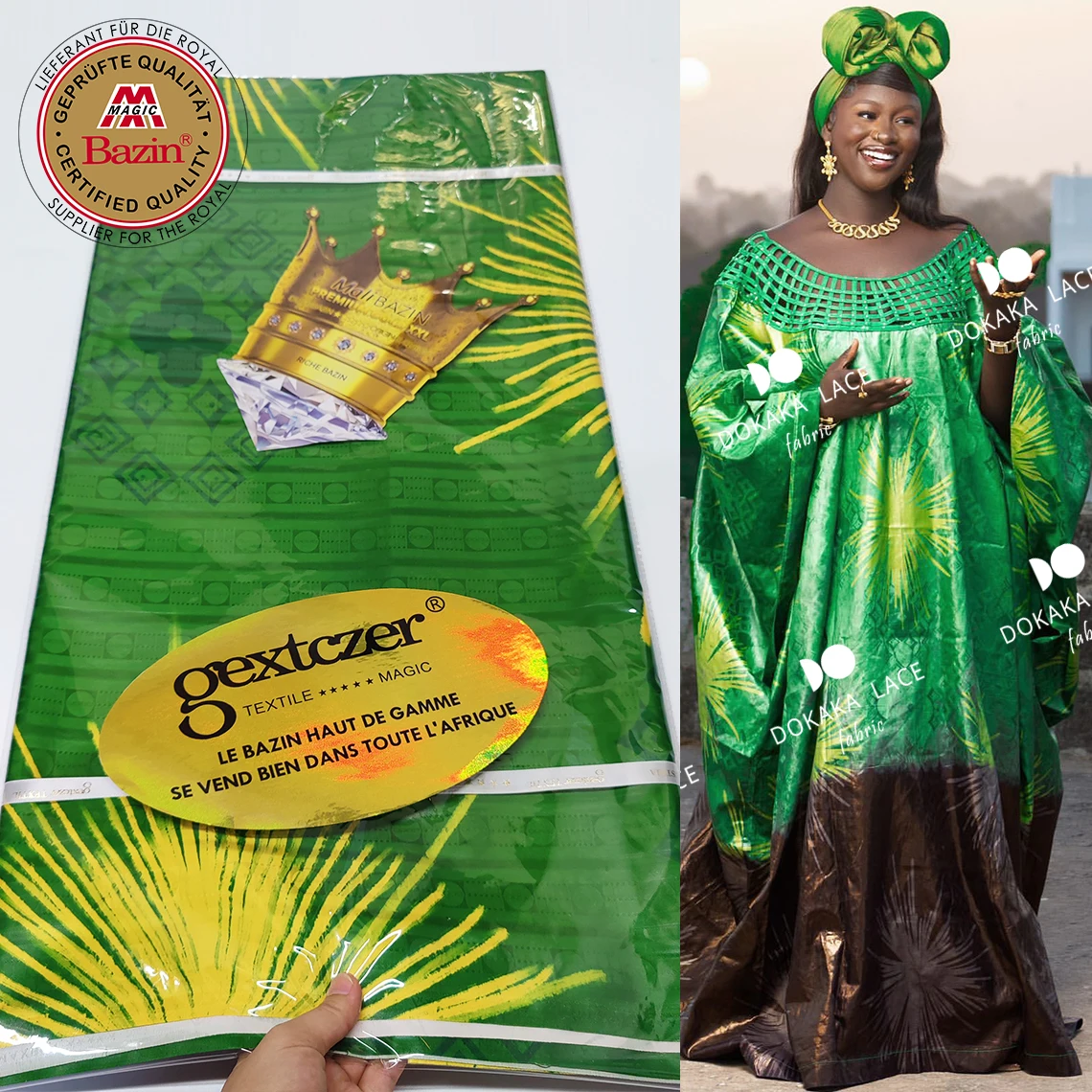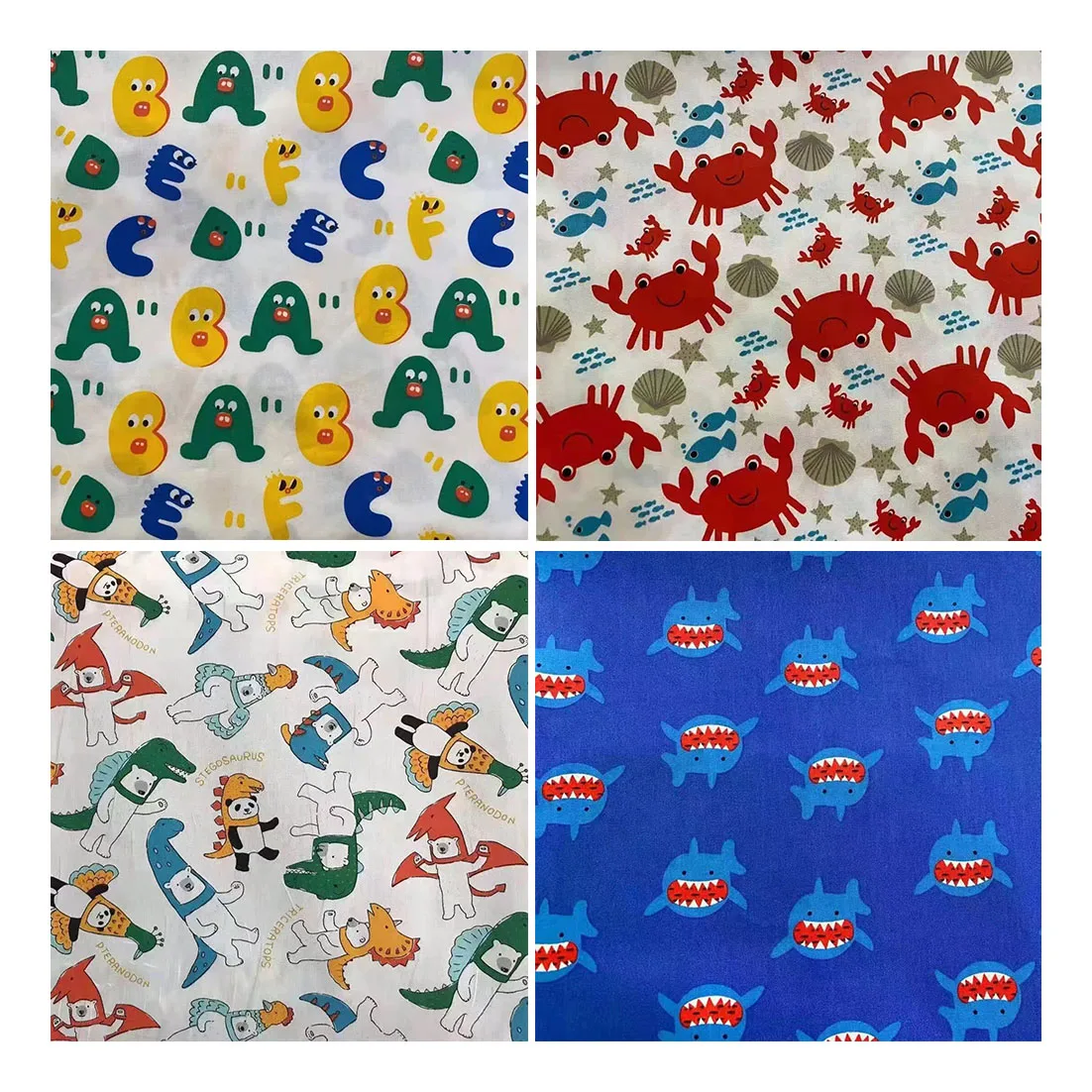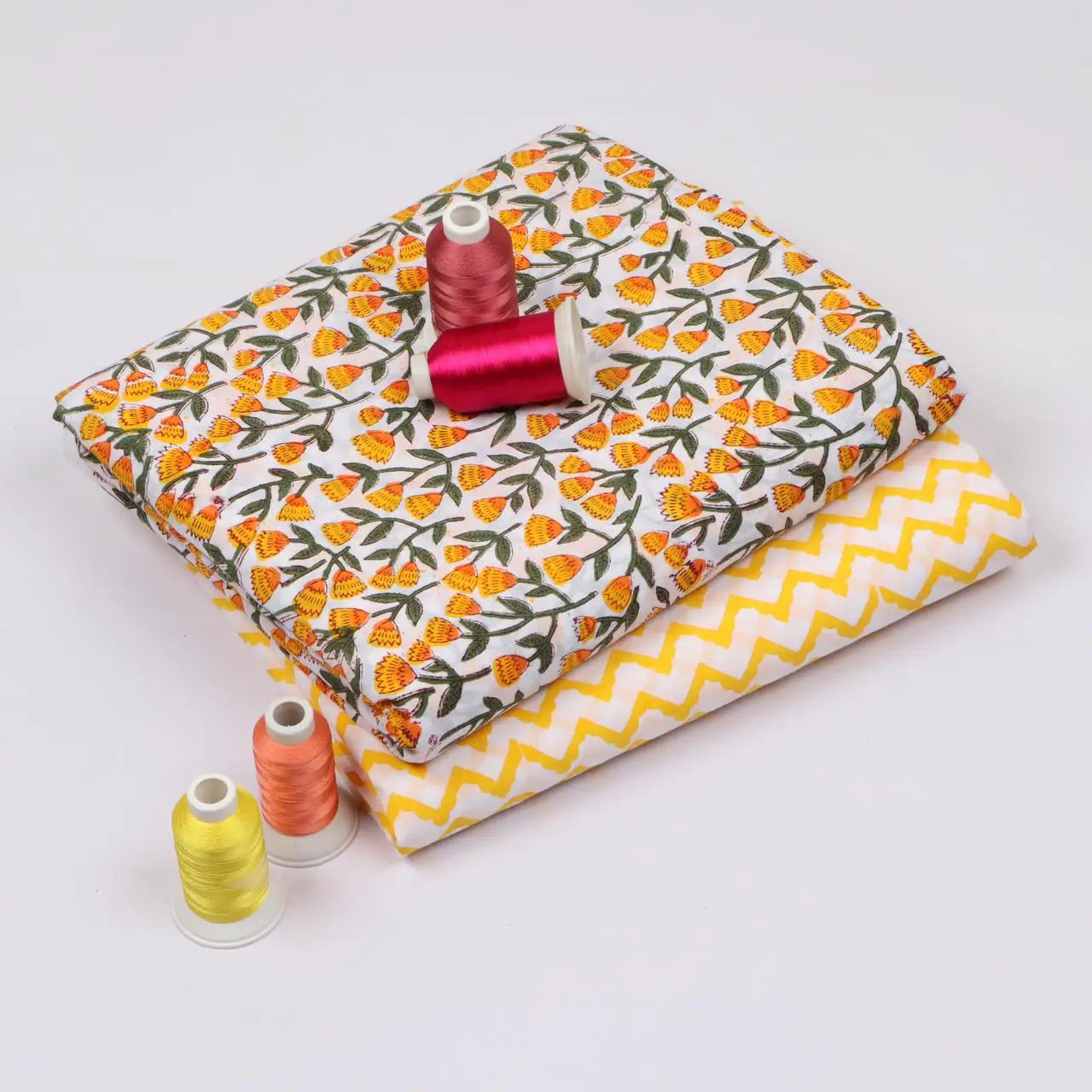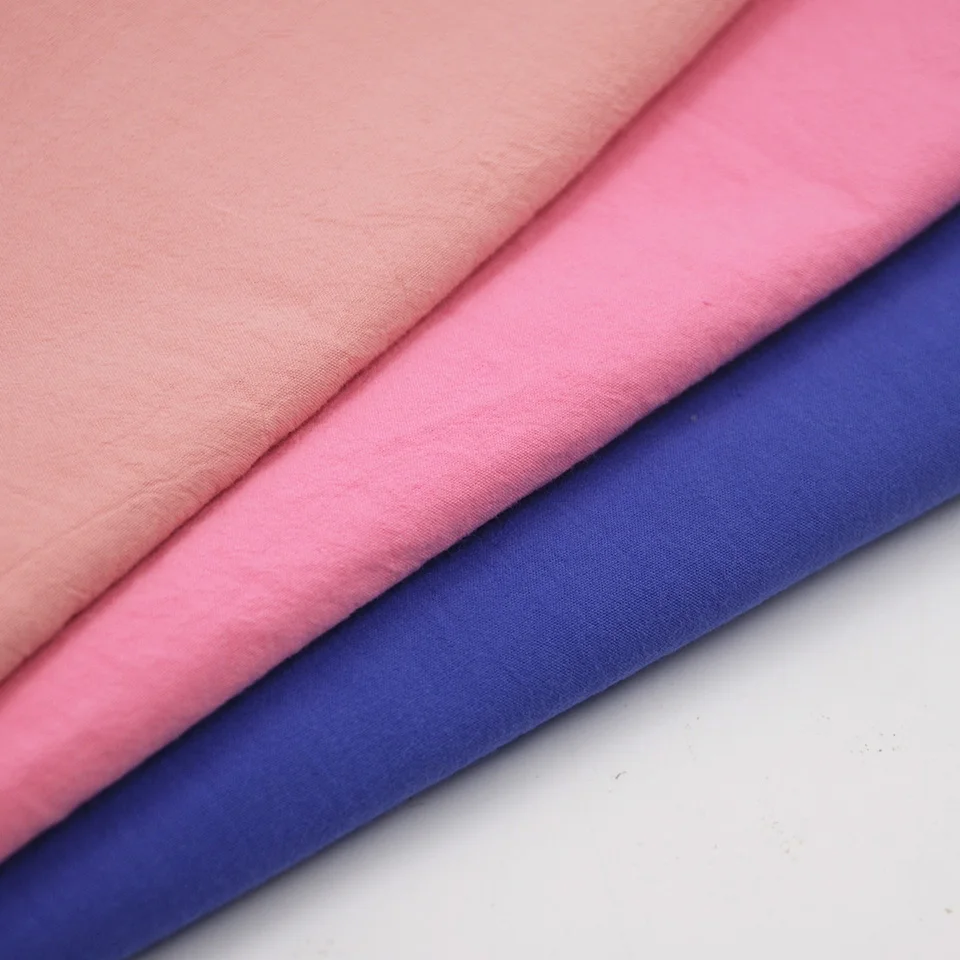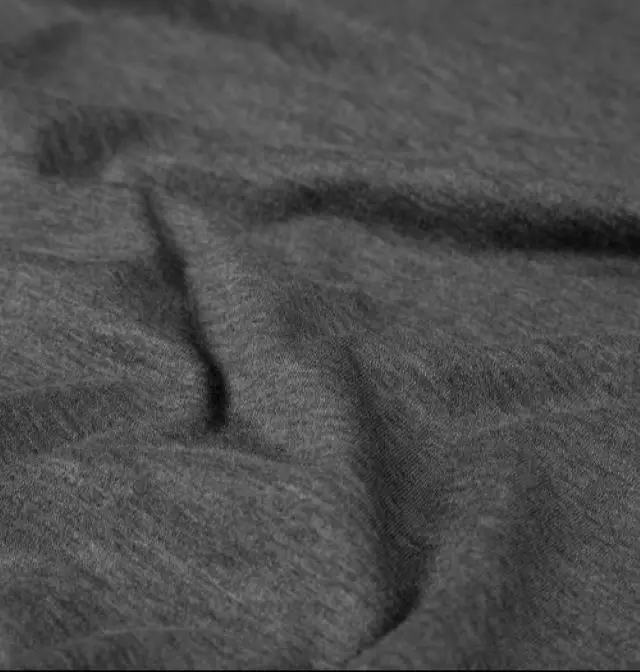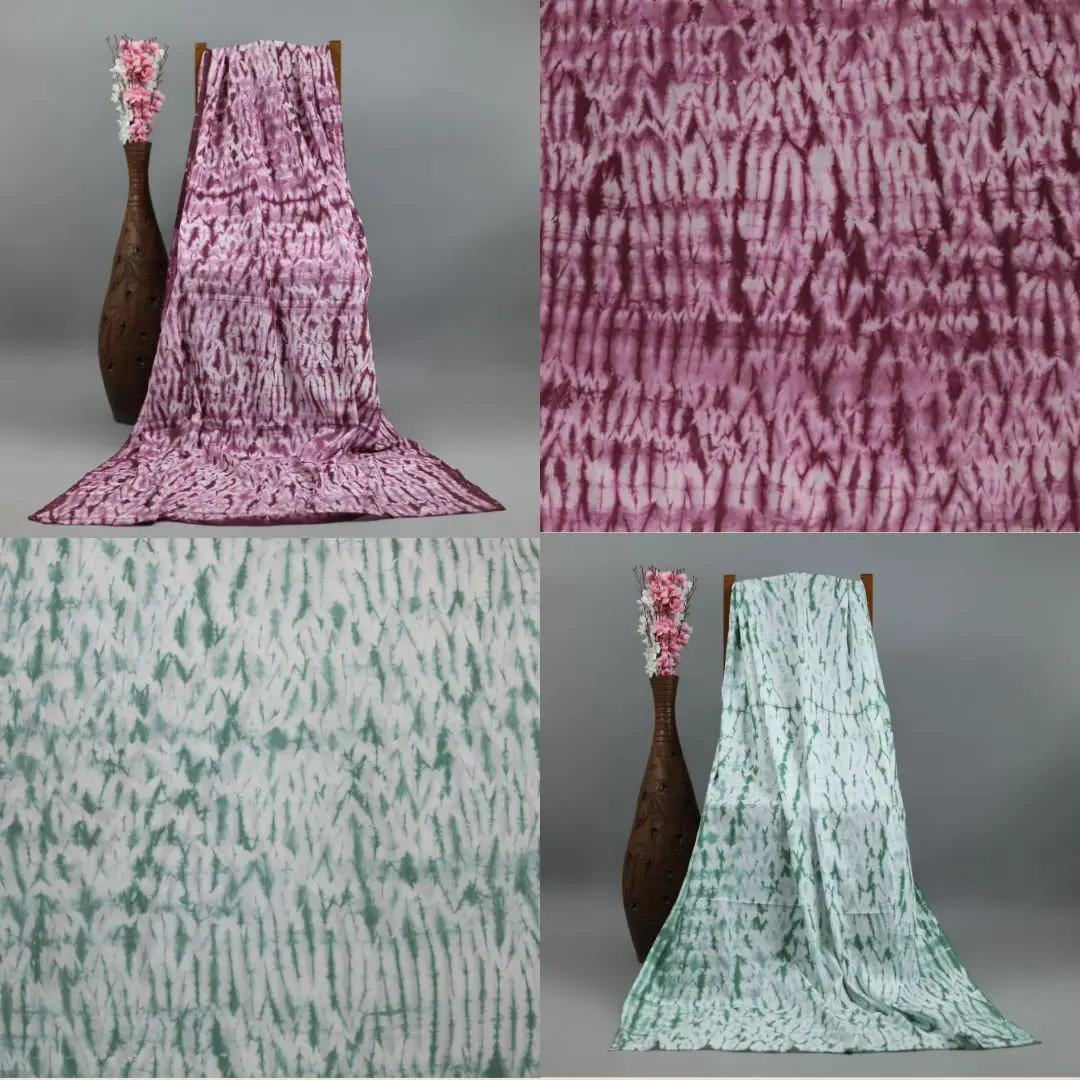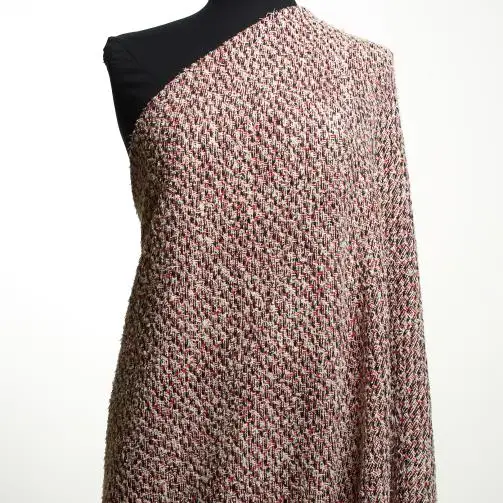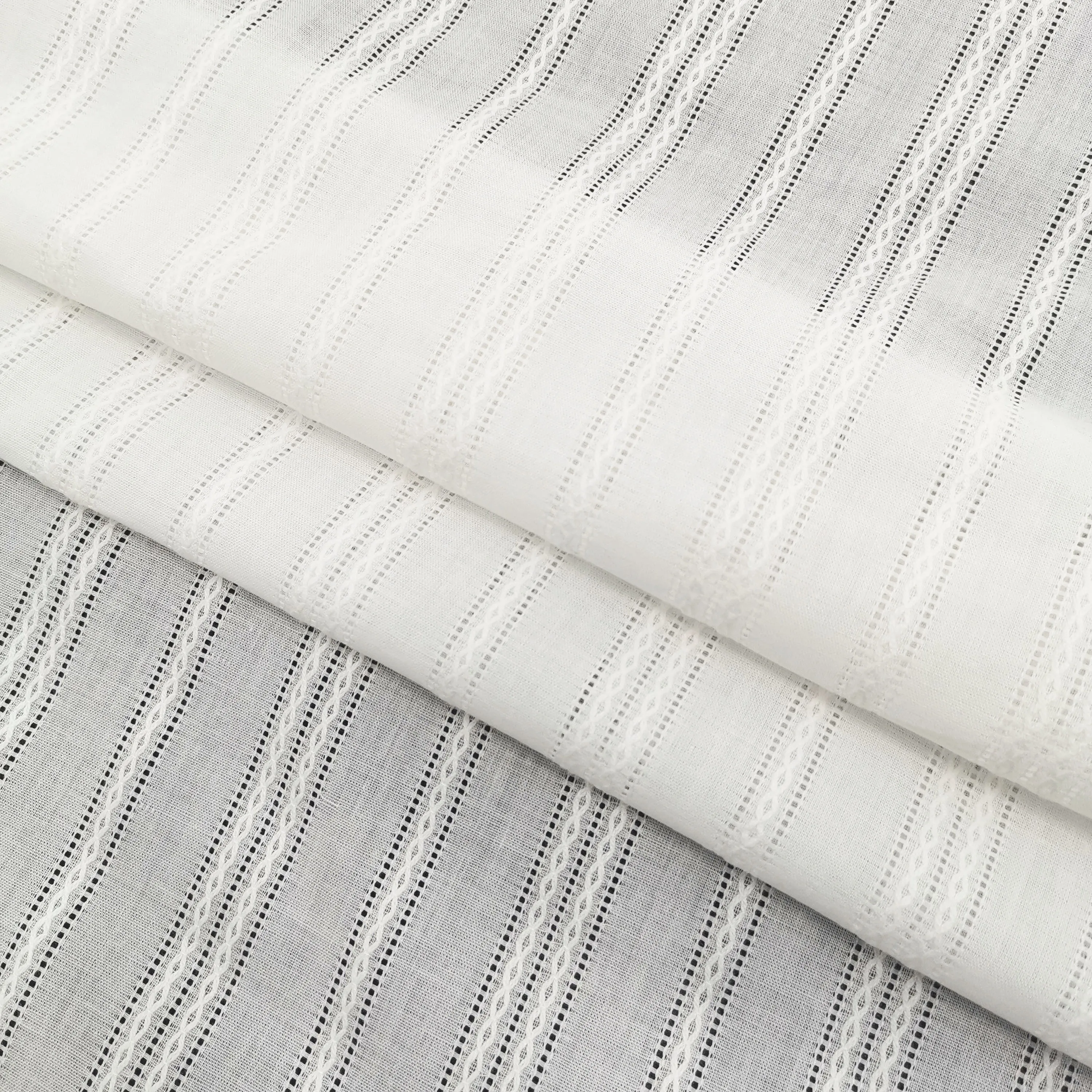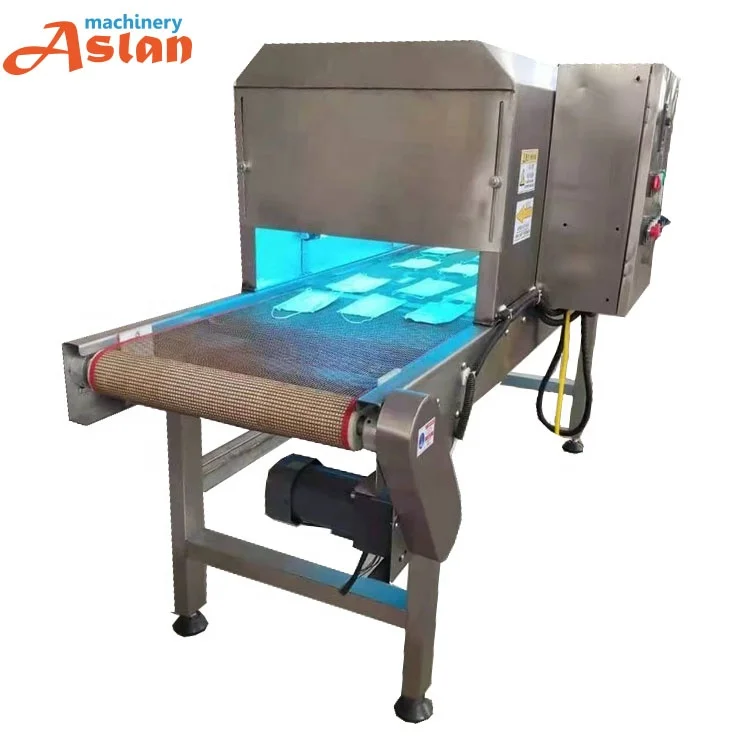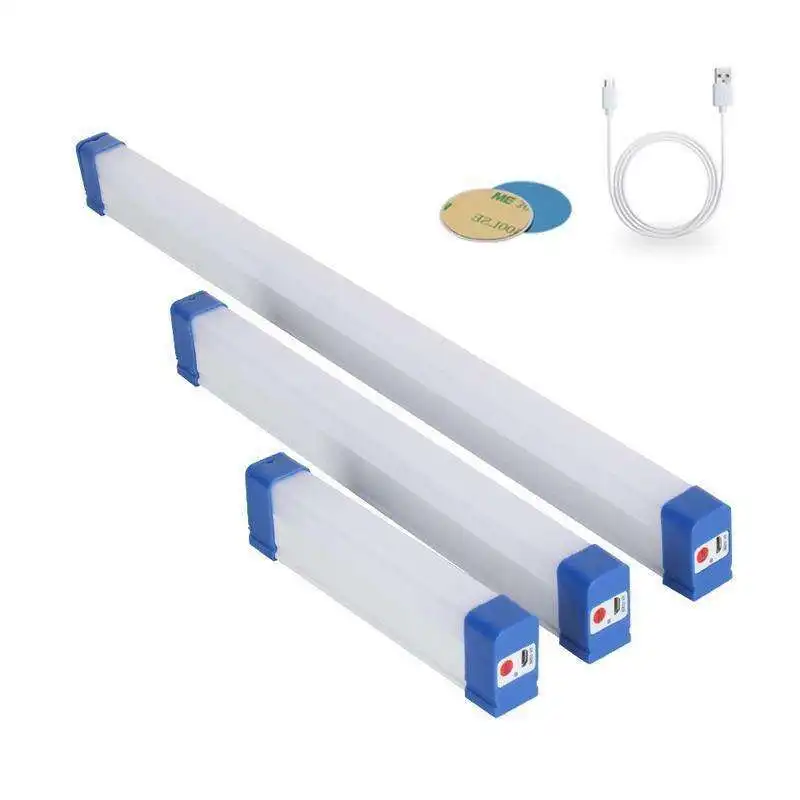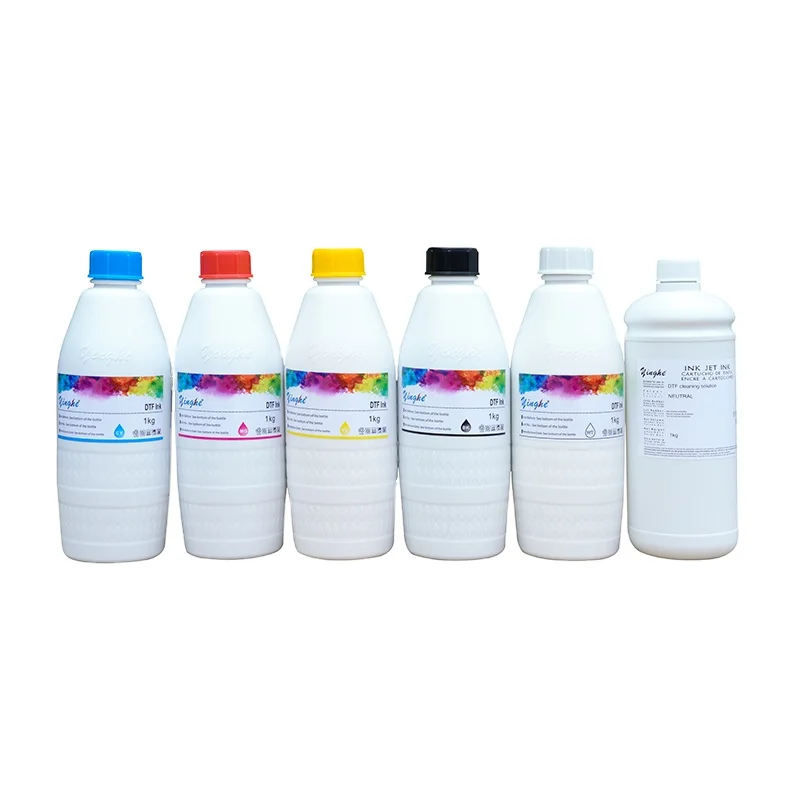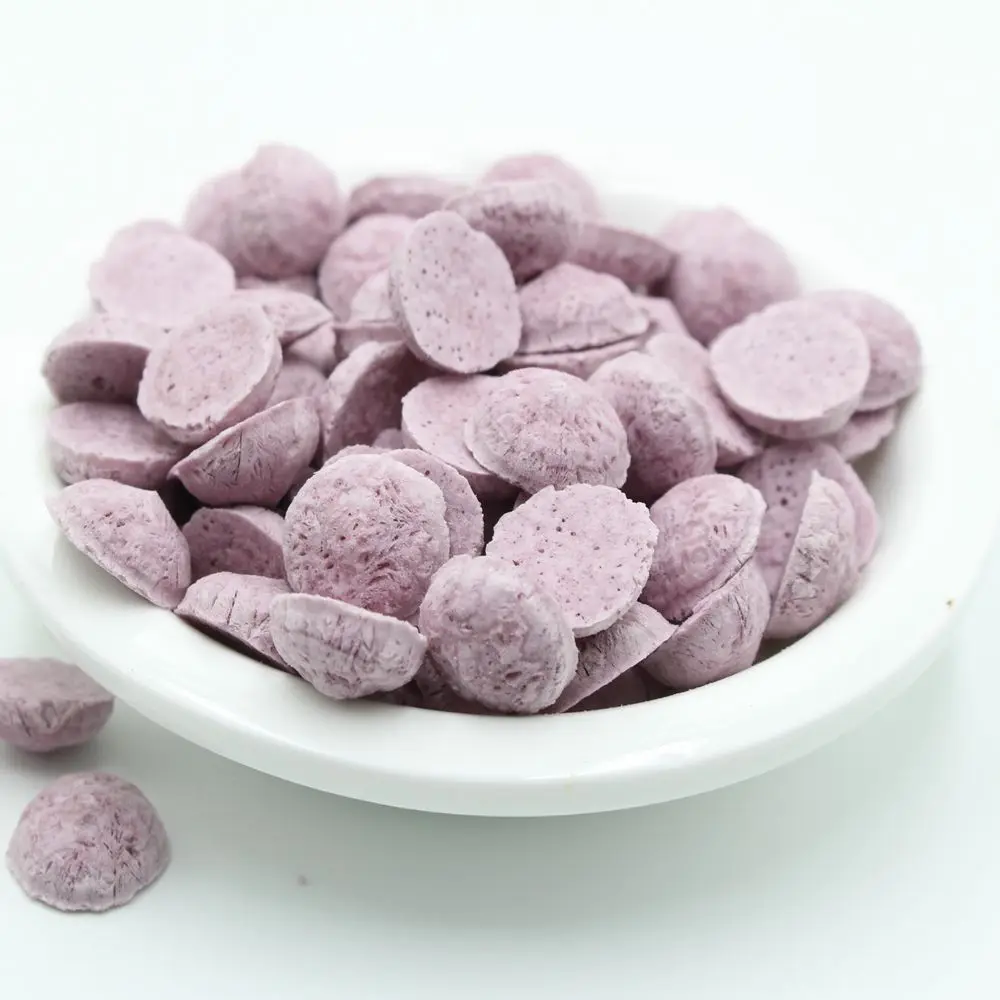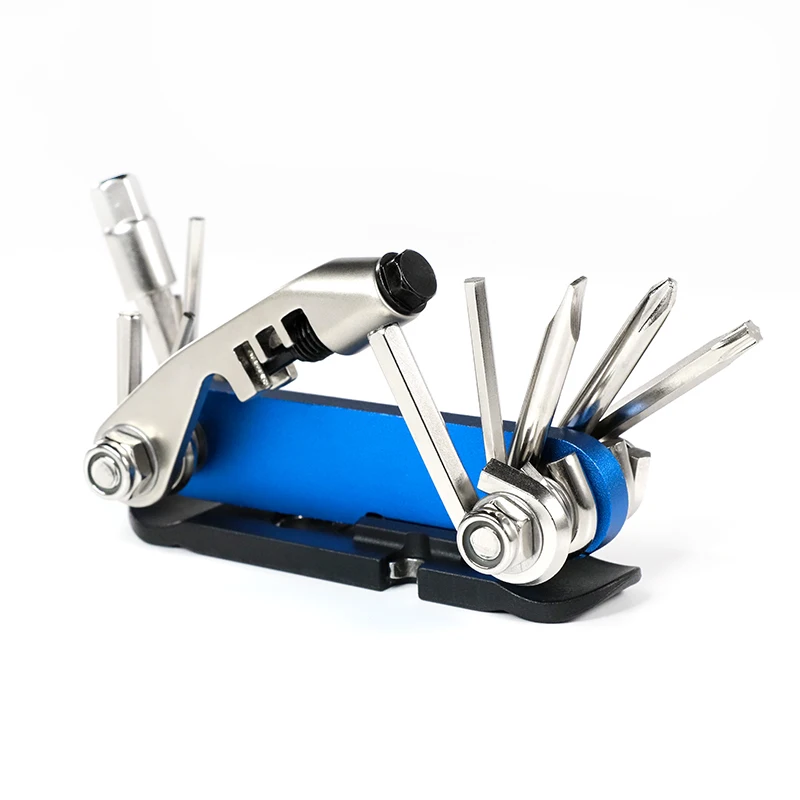Индийские женщины хлопок без швов костюм сальвар платье материал. Самая лучшая и дешевая цена
- Категория: >>>
- Поставщик: M/s JAIPUR JUTI DESIGNS
Сохранить в закладки 10000017610743:
Описание и отзывы
Характеристики
Textiles encompass a vast array of materials, processes, and applications that revolve around the creation and use of fibers, yarns, and fabrics. At its core, the textile industry transforms raw materials, such as natural and synthetic fibers, into products that serve both functional and aesthetic purposes in our daily lives.
Overview of Textiles
**1. Fibers: Fibers are the basic building blocks of textiles. They can be natural, sourced from plants and animals, or synthetic, created through chemical processes. Common natural fibers include cotton, wool, silk, and linen, known for their comfort and breathability. Synthetic fibers like polyester, nylon, and acrylic are valued for their durability and versatility.
**2. Yarns: Yarns are produced by twisting or spinning fibers together. They come in various thicknesses and strengths, tailored to different uses. The process of spinning can be traditional, involving simple tools like spindles, or modern, using advanced machinery.
**3. Fabrics: Fabrics are created by interlacing yarns in specific patterns. The two primary methods are weaving and knitting. Woven fabrics, such as denim and satin, are made on looms and are known for their stability and structure. Knitted fabrics, like jersey and rib knit, are made using needles and are typically stretchier and more flexible. Non-woven fabrics, such as felt, are made by bonding fibers together without weaving or knitting.
**4. Dyeing and Printing: Color and patterns are added to textiles through dyeing and printing processes. Dyeing involves immersing fabrics in dye solutions, while printing applies color to specific areas to create patterns. These processes use both traditional techniques and modern technologies to achieve a wide range of effects.
**5. Finishing: Finishing processes enhance the properties and appearance of textiles. This includes treatments for softness, water resistance, flame retardancy, and wrinkle resistance. Techniques like calendering, mercerizing, and embossing add functional and decorative qualities to the fabric.
Applications of Textiles
Textiles are integral to numerous industries:
Fashion and Apparel: Textiles are the foundation of the fashion industry, providing the materials for clothing, accessories, and footwear. They are chosen based on their appearance, comfort, and performance.
Home Textiles: Fabrics are used in a wide range of home products, including upholstery, curtains, bed linens, and towels. These textiles enhance comfort and aesthetics in living spaces.
Technical Textiles: These are engineered for specific performance properties and are used in industries such as automotive, healthcare, agriculture, and construction. Examples include geotextiles, medical textiles, and protective clothing.
Sustainable Textiles: With growing environmental concerns, the industry is increasingly focusing on eco-friendly materials and processes. This includes the use of organic fibers, recycled materials, and sustainable dyeing methods.
Innovations in Textiles
The textile industry is continuously evolving with advancements in technology and materials:
Smart Textiles: These are integrated with electronic components to offer functionalities like temperature regulation, health monitoring, and interactive capabilities.
Nanotechnology: This enhances textile properties such as stain resistance, antimicrobial activity, and enhanced durability at a microscopic level.
3D Printing: This emerging technology allows for the creation of complex textile structures that were previously impossible to produce.
Conclusion
Textiles are an essential part of human life, intertwining with our daily activities, culture, and technological advancements. From traditional handcrafting techniques to cutting-edge innovations, the textile industry is a dynamic field that continues to shape and be shaped by the needs and creativity of society.
Похожие товары
Милая мультяшная детская одежда 100% из чистого хлопка с принтом животных рубашка футболка постельное белье материал
Материал платья светлого цвета в руке хлопковая ткань
Платье-Рубашка онлайн оптом из органического материала 20s тканая однотонная окрашенная промытая 100% хлопчатобумажная ткань для детей
100% хлопчатобумажная трикотажная ткань S/J Bio Wash, GSM: 150-200 использование; Текстиль; GSM. 150-200; Материалы. Хлопок; Дизайн/узор. Окрашенный;
Дышащий розовый хлопок галстук краситель мягкий шибори дизайнерский материал для свадебного или домашнего декора занавес декоративная тема
Доступно сейчас: красная модная ткань для продажи на метр. Устойчивая ткань: смесь хлопка и твида.
Женская хлопчатобумажная пряжа SISITEX, текстурированная жаккардовая ткань для рубашек, платья, хлопковая текстура, материал SS18024
Новые поступления
Новинки товаров от производителей по оптовым ценам
